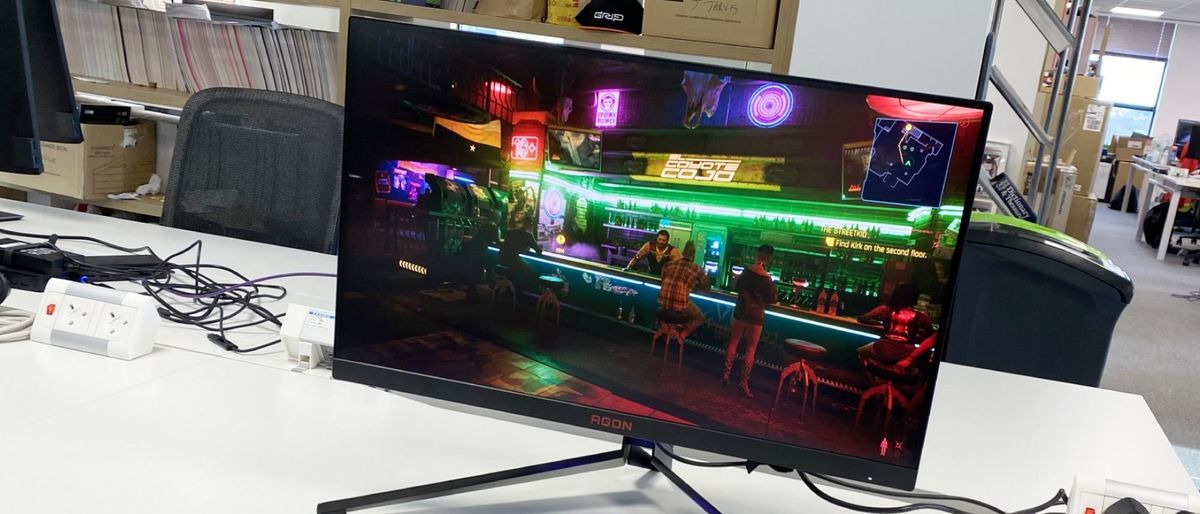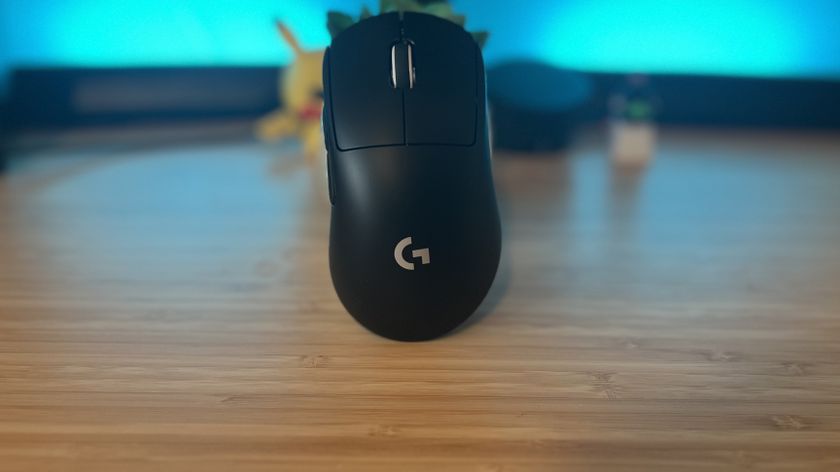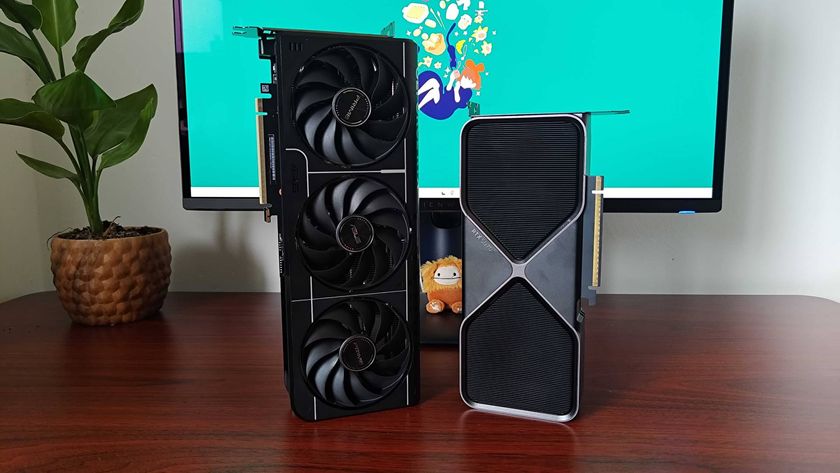12DOVE Verdict
The AOC Agon Pro AG274QZM is the latest 240Hz 1440p gaming panel from the gaming monitor behemoth that packs 1,200 nits of mini-LED power, but it all comes at a price. A hefty price.
Pros
- +
Incredibly quick response times
- +
1440p and zippy 240Hz refresh
- +
Punchy SDR performance
Cons
- -
Color temperature is too warm
- -
HDR local dimming calibration needs work
- -
Very expensive for a 1440p panel
Why you can trust 12DOVE
The mini-LED gaming monitor revolution is truly upon us, and the latest protagonist of this cutting-edge display tech is the new AOC Agon Pro AG274QZM. On paper, it's a gamer's delight with a 27-inch IPS panel, 1440p resolution, 240Hz, and plenty more.
The mini-LED element involves full-array local dimming with 576 zones. The AOC Agon Pro AG274QZM is also DisplayHDR 1000 certified and achieves a claimed peak brightness of 1,200 nits. That is ridiculously, outrageously punchy.
It also boasts 1ms response times to go along with the 240Hz refresh so could make for a new entry into our high refresh rate monitor guide as well. So this promises to be an extremely speedy panel, not just a preposterously bright one. The overall feature set is impressive too. There's a full complement of connectivity including DisplayPort, HDMI 2.1, and even USB-C with power delivery. So whether you're a PC gamer or a console fancier - or indeed want to tag team this panel with both gaming platforms - your bases are covered. Add in a few additional gamer-friendly frills, like RGB mood lighting complete with a logo projector, a built-in KVM switch, and a handy little hook on which to hang your headphones and you have a thoroughly comprehensive tool for getting some serious gaming done.
And "serious" is very much the word given the hefty $1,049 / £999 price tag. In this part of the market, we're used to seeing 4K panels. So, the AG274QZM will have to be one heck of a 1440p machine to justify the cost.
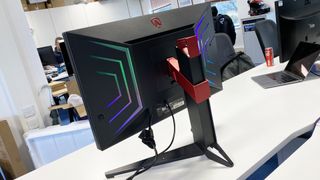
Design & Features
The AOC Agon Pro AG274QZM very much conforms to the premium gaming panel norm when it comes to design and styling. The sharp lines, RGB lighting, and even the logo projector are straight out of the Asus RoG school of monitor aesthetics. AOC's Agon brand has moved upmarket, that's for sure.
It's pretty well built, too, and offers a full range of adjustments including height, tilt, swivel, and rotate into portrait. And if It's debatable whether the plastic chassis really feels like $1,000 / £1,000's worth of monitor, the feature set certainly ticks all the boxes.
The basics involve that 27-inch IPS panel with a zippy 240Hz refresh and 1ms response. But the showbiz bit is the 576-zone mini-LED backlight. AOC has had this monitor certified to DisplayHDR 1000 standard, which means a minimum of 1,000 nits of brightness. A fully 1,200 nits peak HDR brightness is claimed, while the SDR peak is rated at 750 nits, which is getting on some, too.
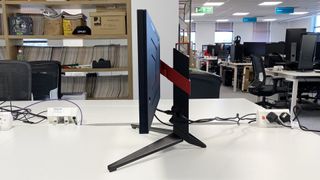
There's precision to go with the power, too. AOC rates the panel at 97% coverage of the DCI-P3 digital cinema color space. Connectivity is another strong point. For PC, you have DisplayPort 2.1 and USB-C, the latter supporting up to 65 watts of power delivery.
Granted, 65W is not enough to power a gaming laptop. But there's also a KVM switch and USB hub, so you could connect both a gaming desktop and a laptop at the same time. The dual HDMI 2.1 ports also make it ideal as a PS5 monitor or Xbox Series X monitor contender, both of which now support the AG274QZM's 2,560 by 1,440 pixel native resolution.
Additional frills include a slide-out hook for hanging up headphones and a pro-style hood that clips around the display to block out ambient light. The latter is a slightly odd feature on a gaming monitor, especially one this bright. But you needn't fit it in any case.
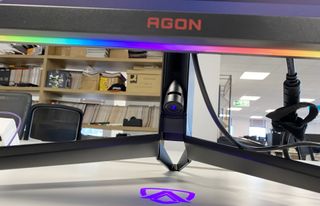
Performance
If there's a single word that captures the character of the AOC Agon Pro AG274QZM, and unfortunately not in a good way, it's calibration. This monitor could do with a lot more work on calibration. Immediate impressions are of an excessively warm color balance. By default, the color temperature is set to "warm", but even selecting "normal" white tones still have a slightly pinkish tint. The next thing you'll notice is how incredibly quick the AG274QZM is. By default, pixel overdrive is disabled and this is one of the very few gaming panels that scarcely needs it. There's so little blurring or streaking.
Toggle overdrive on and at its fastest setting some visible overshoot and inverse ghosting creeps in. But the two less aggressive modes result in seriously speedy responses. This is about as quick as current LCD tech gets, it's very impressive. Factor in the 240Hz refresh and speed and response are absolutely top-notch.
If you're into online shooters like CS: Go or Fortnite, therefore, the AG274QZM won't disappoint. It's incredibly punchy in SDR mode, as the 750 nit rating implies, oh so fast, and the 1440p resolution allows for a really super compromise between visual detail and frame rates.
Indeed, at this panel size, the benefits in terms of in-game detail and sharpness of 4K are fairly marginal, but you'll certainly feel the downsides in terms of much lower frame rates. The one catch with 1440p is that it doesn't work quite as well as 4K when it comes to using upscaling technologies like Nvidia's DLSS and AMD's FSR. You'll want to run the AG274QZM at native to get the best results. But then that's a lot more viable with 1440p than 4K.
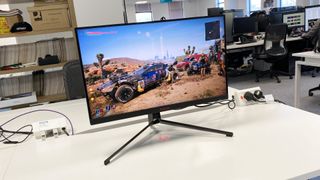
If that's so far so mostly good, enabling HDR brings a whole plethora of problems. For starters, the usual oddities inherent with any local dimming solution are visible on the Windows desktop. The AOC Agon Pro AG274QZM isn't nearly as bad as some mini-LED monitors. But you can still see the various zones reacting as you move application windows around the screen.
Like every other mini-LED monitor, it looks rather clunky, so you'd be better off running in SDR mode or turning off local dimming for general computing. In-game and watching video, the issues around the algorithms controlling the individual zones are a lot less obvious. But what is apparent is that the HDR calibration does not allow the panel to hit those claimed 1,200 nit highs.
Whether it's HDR-capable games like Cyberpunk 2077 or streaming HDR video content, the AG274QZM's HDR performance disappoints in terms of outright brightness. That's true regardless of which of the numerous HDR modes you use, including DisplayHDR, Gaming, and Movie.
At the same time, the backlight algorithm is also too aggressive when it comes to rendering darker tones. The dimming zones in those areas are set so low that shadow detail is lost and you get an overly contrasty image. Again, it's a problem that a fair few mini-LED monitors suffer from. Ultimately, calibrating a mini-LED backlight is a very difficult job. 576 zones may sound like a lot. But on a 1440p panel, that means one zone for every 6,400 pixels. Inevitably, compromises have to be made.
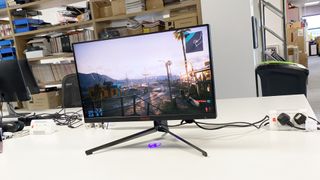
Overall - should you buy the AOC Agon Pro AG274QZM?
When it comes to precise HDR performance, a panel tech with per-pixel lighting control like OLED is always going to be superior. But even taking that into account, this monitor feels like a first-gen attempt at mini-LED backlighting. AOC definitely needs to do some work on the backlight calibration.
The basic panel calibration could do with some work, too. The factory color temperature is overly warm and slightly out of whack. It's a bit of a pity because the AOC Agon Pro AG274QZM certainly has plenty to offer gamers, most notably some of the best pixel response we've seen in any LCD monitor.
It also has a very strong feature set when it comes to connectivity. The 1440p resolution and 27-inch panel size likewise serve up a fantastic overall compromise for gaming. There's plenty of detail and you don't need a $1,500 graphics card to achieve good frame rates. But at this very loft price point, the AG274QZM is still awfully hard to recommend. At the very least, it needs some serious work on its all-round calibration.
How we tested the AOC Agon Pro AG274QZM
In this age of mini-LED monitors, display testing just got a bit more complex. We run these HDR monitors through an array of content, including test videos designed to reveal how accurately the panel hits both visual highs and lows. We then fire up our favourite games for a real-world feel of how the monitor looks and responds, including latency and pixel speed. Finally, the full feature set is assessed for value and suitability for both PC and console gaming.
You can read more about how we test gaming monitors at 12DOVE or read more about our whole approach to gaming tech in our Hardware Policy.
If you're looking for something that's TV-shaped and got a gaming focus then check out our best 120Hz 4K TVs, and best TV for PS5 and Xbox Series X guides.
A serious dissertation on the finer points of input lag and overshoot followed by a forensic examination of AI-accelerated temporal upscaling. Such is a routine day in the working life of long-time tech wordsmith, Jeremy Laird. Along with GamesRadar, Jeremy’s 15-year back catalogue includes a host of tech and gaming outlets, including TechRadar and PC Gamer, not to mention contributions to mainstream media from the Independent to the Evening Standard. Complimenting Jeremy’s debilitating addiction to all kinds of digital hardware, he is also afflicted by an obsession with and a significant occupational sideline in cars and automotive technology.
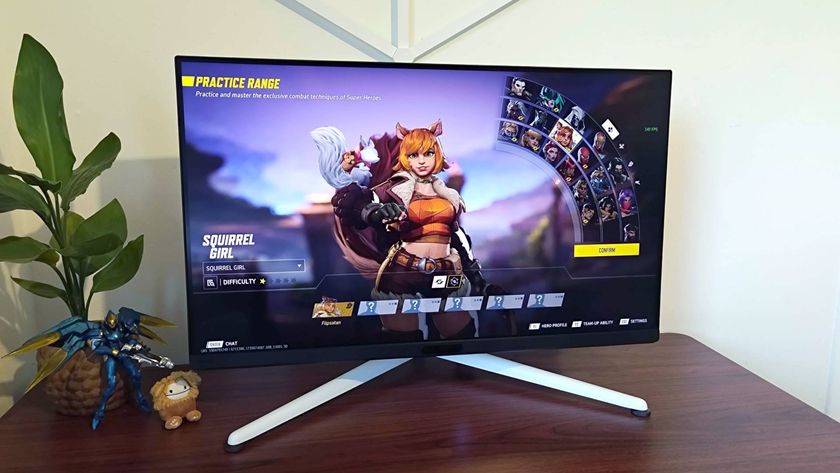
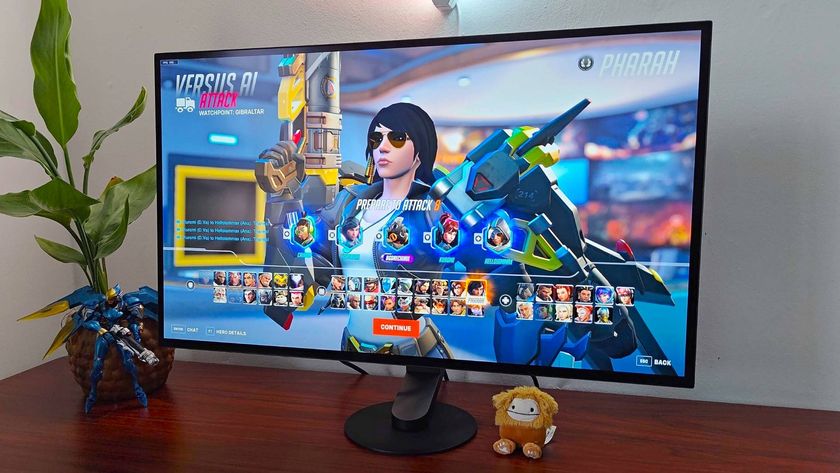
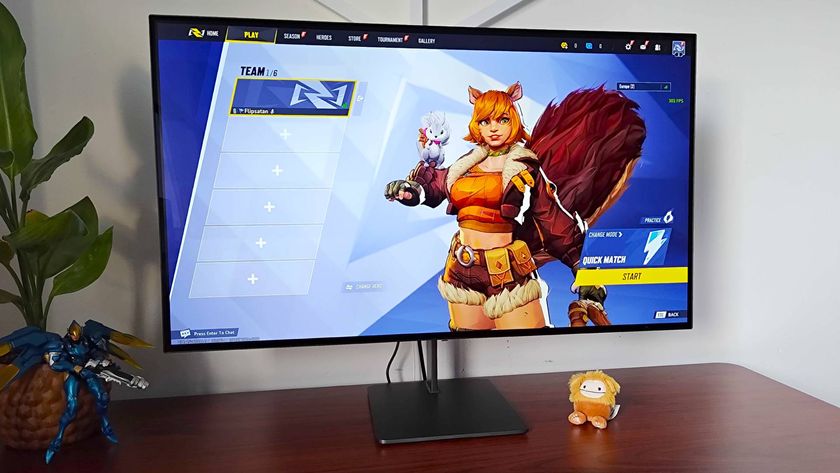
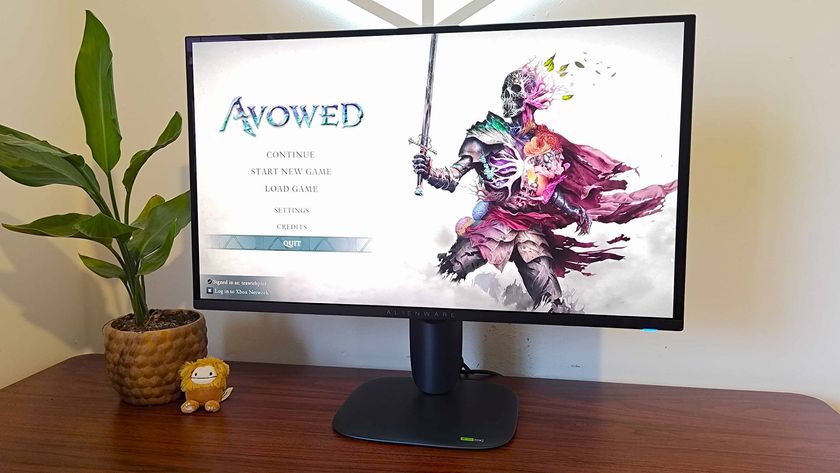
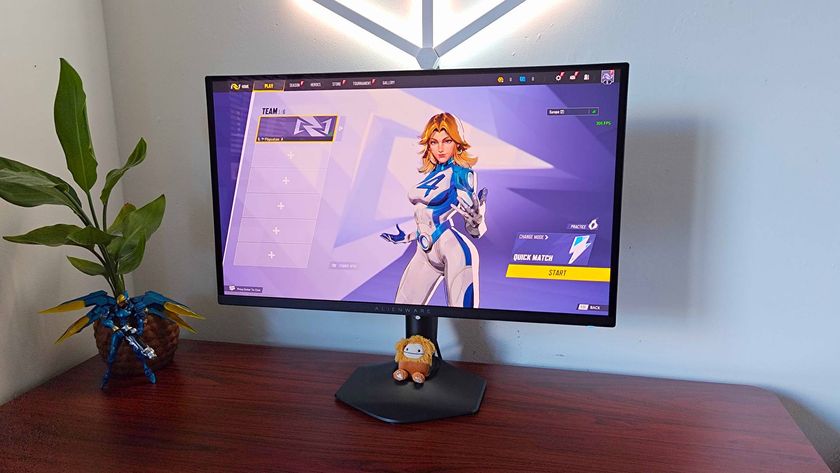
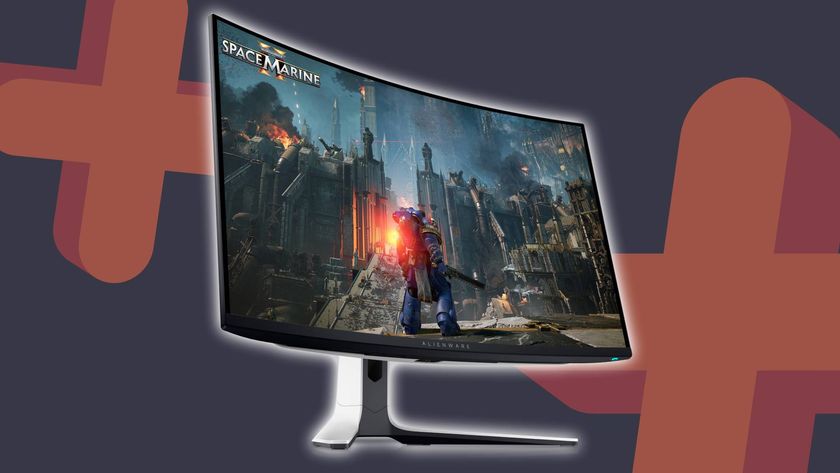

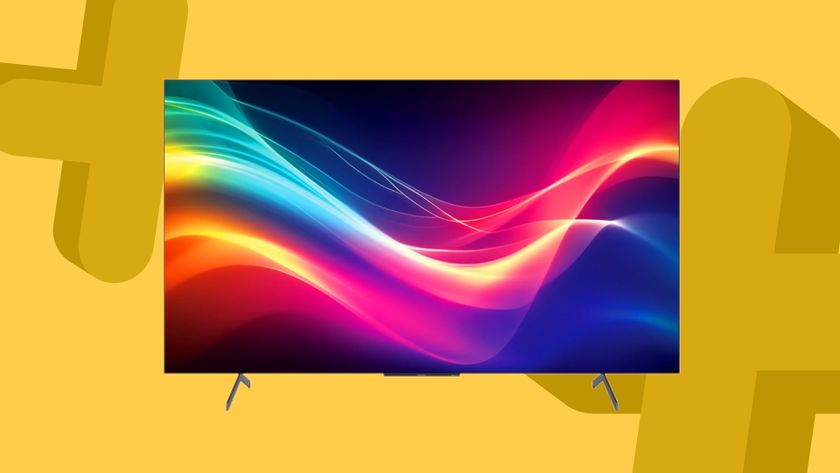


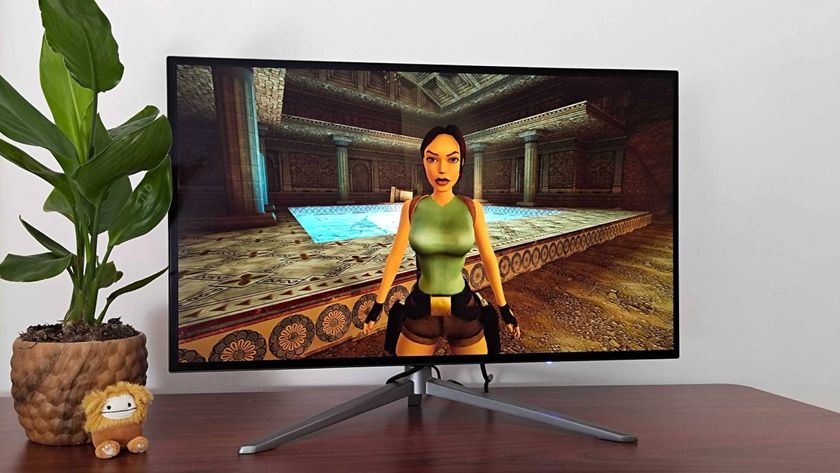




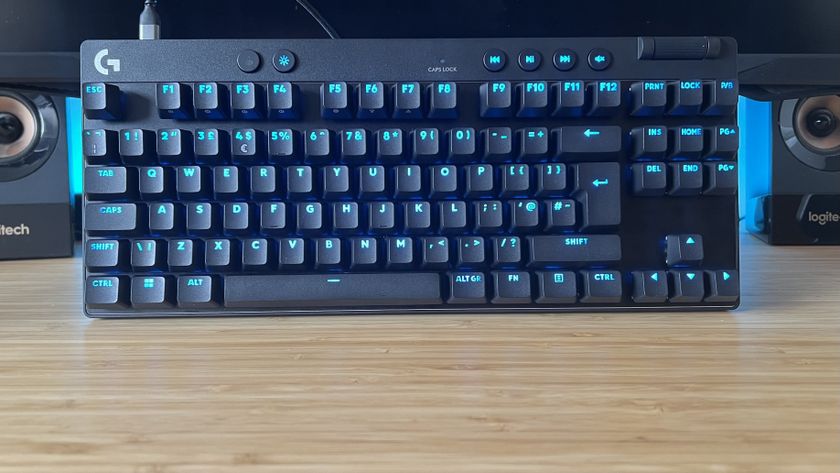


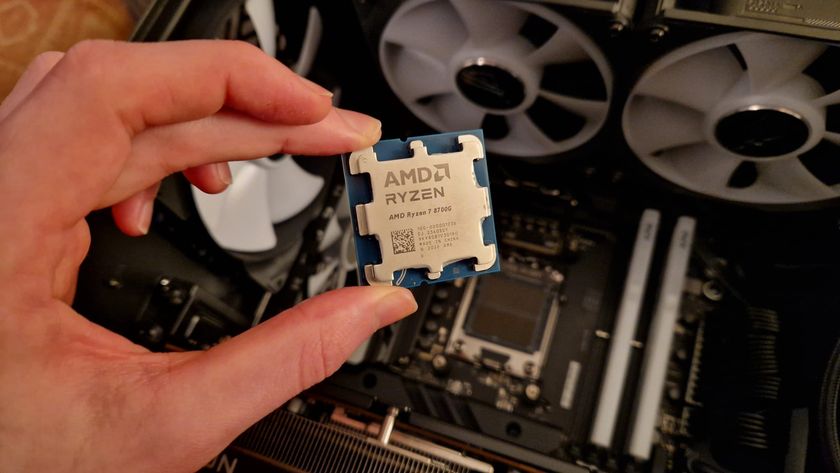
AMD's pro-consumer 9070 strategies are exactly why it's primed to dominate the CPU market in 2025

Altered: Trial by Frost review - "Satisfying enough to offer highly varied gameplay"

Hasbro CEO, D&D DM, and self-professed "AI bull" Chris Cocks says AI is "supercharging fandom" which is "just net good for the brand"
